| GM and Toyota flip the script |
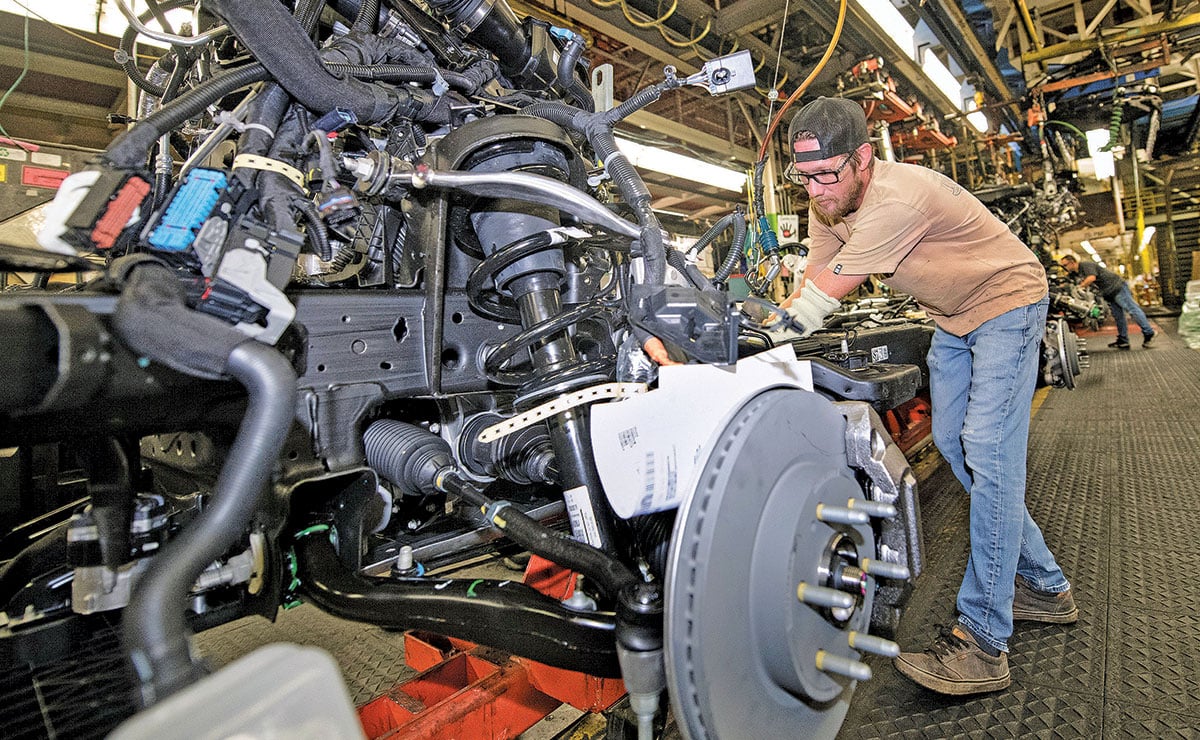
Just when you think you have them all figured out, they find a way to surprise you.
Toyota and General Motors, the two top-selling automakers in the U.S., each has its own ideas about electrification. The Detroit stalwart aims to field an all-electric vehicle lineup by 2035 while its Japanese rival takes a more gradual approach with a mix of across-the-board hybridization and a handful of EVs in the near term acting as a bridge to an expanded EV fleet at some point down the road.
However, recent events deviate from those narratives, which we cover in this week’s issue of Automotive News.
Toyota Motor Corp. has defended itself against considerable criticism from investors, environmental activists and EV enthusiasts over the perception that the world’s largest automaker is lagging behind the rest of the industry, even after it pledged in late 2021 to sell 3.5 million EVs annually across the globe by 2030.
With that criticism as a backdrop, Asia Editor Hans Greimel is reporting on new plans that show that Toyota is positioning itself to make a big leap forward — if not ahead. Those plans include a new Lexus EV arriving in 2026 and a new vehicle platform that promises cutting-edge breakthroughs. But the show-stopping headline is a wave of new battery technology that could possibly deliver 900-plus miles of range. (For more details, click here.) And the automaker is getting a big boost from its home country: The Japanese government is handing Toyota about $854 million to support domestic lithium ion battery production, according to a Reuters report.
Meanwhile, GM has its eyes on EVs, but the gasoline-burning pickups and SUVs that power its profits aren’t going away anytime soon, reports Lindsay VanHulle. A slew of new investments assures that. The automaker is committing more than $2 billion toward building next-generation full-size light trucks in Michigan, Texas, Indiana and Ontario.
Makes sense. The Detroit 3’s pickups remain the nation’s top-selling vehicles, and their platform-mate SUVs are quite lucrative. too. Businesses and everyday drivers need — or just plain want — the capability that their big petrol-powered trucks provide. For now, EVs and combustion vehicles are not an either-or proposition for GM.
Another layer to this story: GM can go into potentially contentious negotiations with its U.S. and Canadian labor unions this summer with assurances of job security for workers concerned that EVs will mean the end of jobs.
The plots thicken.
 |
|---|

“We will make the EVs, and now we need California to continue effort on infrastructure and consumer education before industry EV volume exceeds capacity and consideration.” |
— KIA COO STEVE CENTER ON HOW THE U.S. STATE WITH THE MOST AMBITIOUS EV GOALS IN THE NATION ISN’T YET READY FOR WIDESPREAD ELECTRIFICATION. |
 |
|---|
In Monday’s Automotive News:
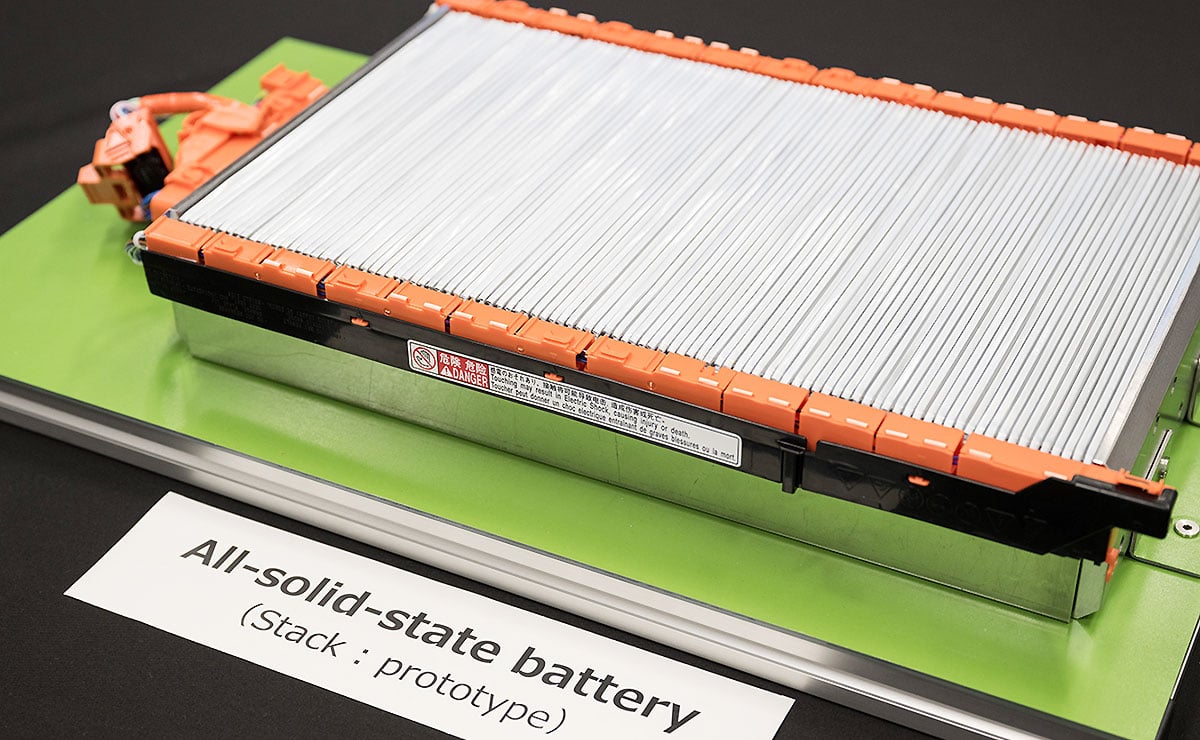
Will Toyota’s ambitious EV agenda silence company critics? In an effort to quell growing concerns among investors and environmentalists that Toyota lags behind in the global EV race, company executives this week poured out a cornucopia of goodies for its not-to-distant EV future. They include plans for solid-state batteries with charging ranges of 900 miles or more, software systems that update automatically,and ultra-slick aerodynamics developed through rocket science — all part of its strategy to sell 3.5 million EVs by 2030. The details revealed at Toyota’s Higashi-Fuji Technical Center in the foothills of Mount Fuji under the theme “Let’s change the future of cars” were also part of a strategy to get in front of a key June 14 shareholders’ meeting where the company faced down a proposal mandating it review its “climate-related lobbying activities” to determine whether they align with global carbon neutrality goals. Did it work? Automotive News has the latest.

Volvo’s EV profit expectations “shocking”: “When it comes to EVs, the answer’s always ‘we’re not making a dime,’ ” Ivan Drury, Edmunds’ director of insights, told Automotive News. And it’s true that for most automakers, EVs are still at best marginally profitable or losing money. Hence Drury’s shocked reaction to Volvo’s projections of a 15 to 20 percent gross profit margin on its upcoming EX30 electric crossover. The company’s smallest EV will also be the most affordable in the Swedish automaker’s lineup, with a starting price of $36,145, including shipping. Automotive News looks at what the company says about the secret to its expected success with the China-made EX30. It arrives in the U.S. next summer.
Weekend headlines
Supplier strikes end in Ohio, Michigan: Workers at a Constellium aluminum parts plant near Detroit and a Clarios battery plant near Toledo voted to ratify new contract agreements Friday.
Nikola laying off 270 employees: 150 of the employees impacted were supporting Nikola’s European operations and 120 were based at its sites in Arizona. The decision would help Nikola reduce cash spend by $50 million annually.
 |
|---|
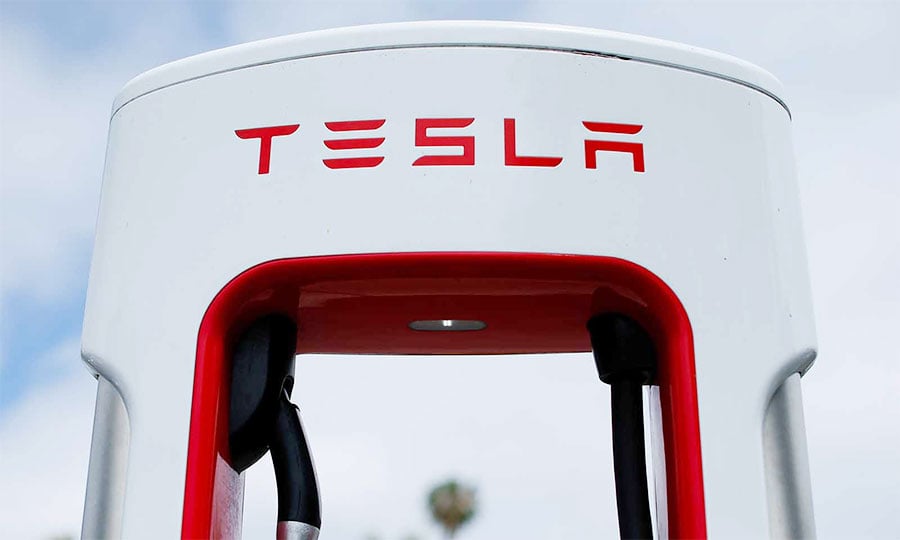
With GM, Ford deal with Tesla, what does future of EV charging look like? Two pathways are emerging as electric vehicle charging infrastructure expands across the U.S. Four months ago, the U.S. was heading toward standard EV chargers other than those built by Tesla using a common connector to be eligible for federal funding. Tesla’s charging agreements with Ford Motor Co. and General Motors throw that push to standardization into question and could further fragment the country’s charging infrastructure, at least for now, analysts say.
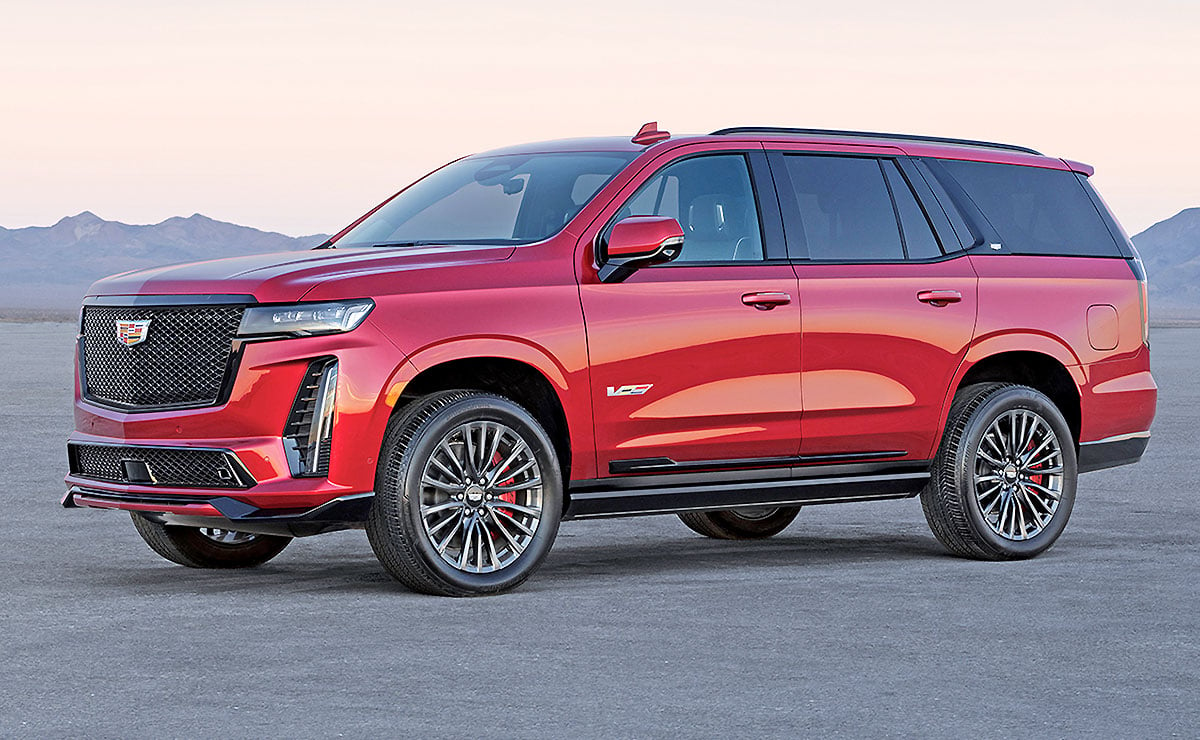
Just how long does GM plan to keep producing gasoline-powered trucks and SUVs? Longer than analysts expected, according to indications from recent announcements on plant retoolings. GM in November 2021 said it would switch to an all-electric fleet by 2035. And while the company has not changed its EV timeline, analysts and suppliers now expect it will continue to produce the highly profitable combustion trucks and SUVs for another 10-12 years, which could mean tens of billions in additional profit.
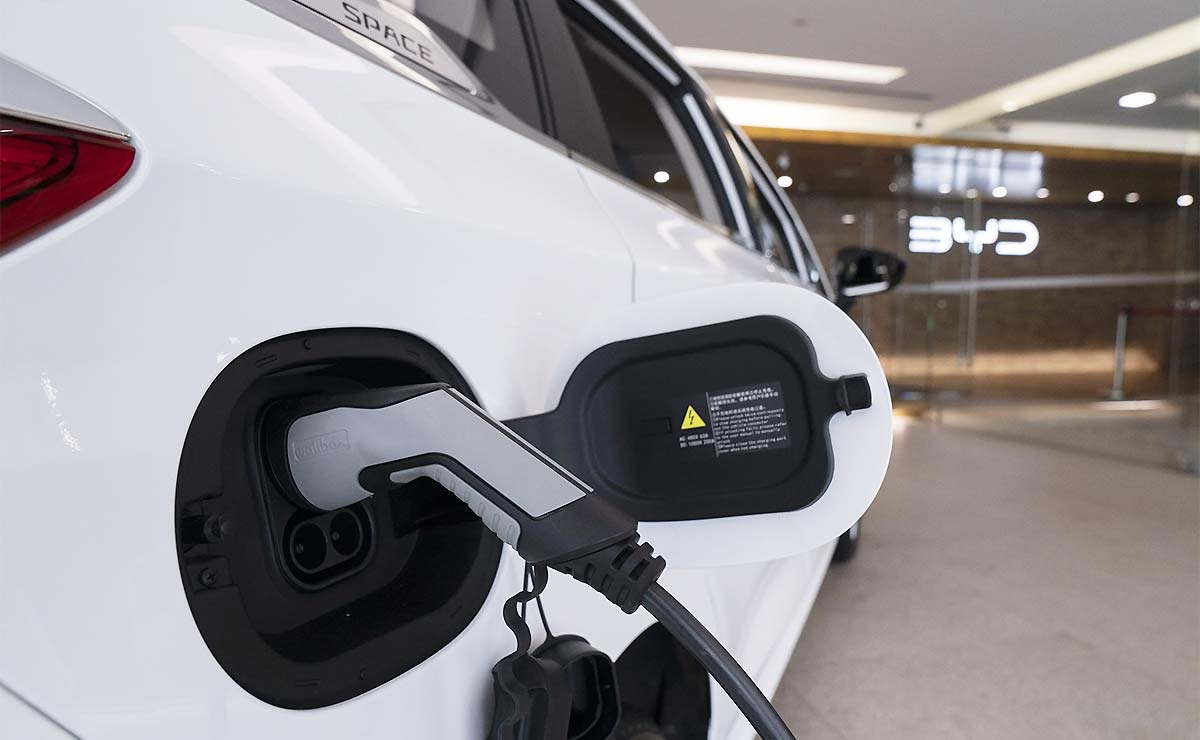
BYD: U.S. climate laws could price Americans out of EVs: BYD Co., China’s homegrown company that’s now become the world’s hottest maker of electric vehicles has a warning for the U.S.: New climate laws could end up backfiring and leave Americans paying more for EVs than the rest of the world. That’s the opinion of Stella Li, who’s helping to oversee the company’s global expansion as it vies head-to-head with Tesla Inc. Li is eager to discuss growth plans for markets like Mexico, Chile and Thailand.

Gotion to move forward on $2.4B battery plant in Michigan after national security review: Chinese battery maker Gotion Inc. plans to move forward with a $2.4 billion battery parts plant in Michigan after receiving results from a federal review looking into potential national security risks. The company said the Committee on Foreign Investment in the United States determined in its review of the project that its proposed purchase of land near Big Rapids “is not a covered real estate transaction and is not a covered transaction under the Defense Production Act of 1950.”
 |
|---|
 |
|---|
 |
|---|
June 22, 1996: The American automobile industry’s 100th anniversary was celebrated at a gala dinner at Cobo Center in Detroit. The festivities continued the next day as about 35,000 people lined Detroit’s Eight Mile Road to watch more than 1,500 vehicles in the National Auto100 Parade, including a Duryea. The Duryea, produced in Springfield, Mass., starting in 1896, is considered to be the first successful gasoline-engine vehicle built in the U.S.
